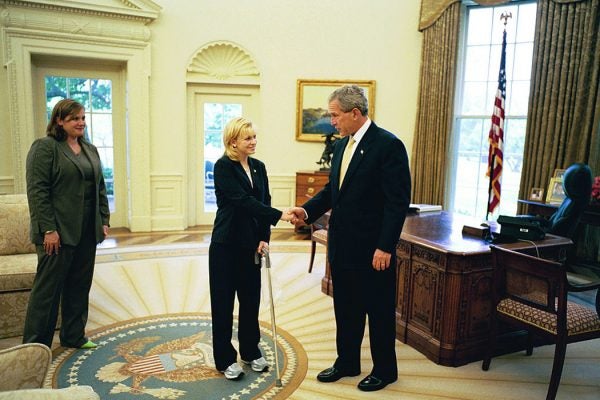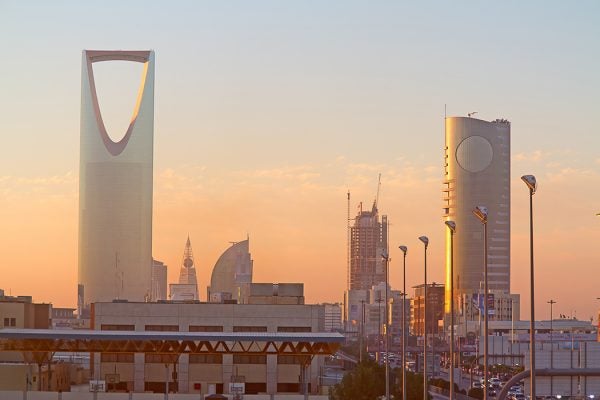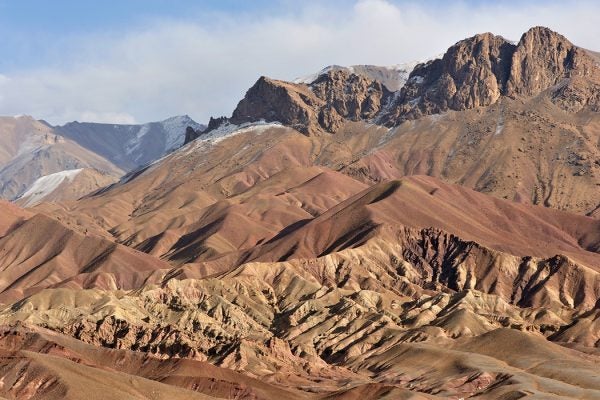Israel and Gaza: A Syllabus of Background Readings
How can we help students begin to make sense of the current and recurring violence in Israel and Gaza?
A War of Liberation for Afghan Women?
The Taliban's gender-based repression was part of the US argument for invading Afghanistan.
The Many Meanings of Yellow Ribbons
The strange and convoluted history of why yellow ribbons became a symbol of the Gulf War in the 1990s.
How American Soldier Jessica Lynch Became a Symbol
Jessica Lynch was the first woman American POW to be successfully rescued. She became symbolic in ways that had little to do with the facts of her story.
When “Middle Eastern” Nightclubs Swept America
In the 1950s, nightclubs featuring "Middle Eastern" music and belly dancers mixed and matched cultures, serving white audiences an exotic experience.
Why Yemen Suffers in Silence
Yemen is suffering a major humanitarian crisis. How did the country get to such a precarious state, and why aren't Americans paying more attention?
The Five Types of Summer Vacation
Each of them has a distinctive structure and a complex history.
Are Reforms Part of Saudi Arabia’s PR Campaign?
In September, the Kingdom of Saudi Arabia announced to the world that it would begin licensing women to drive in 2018. Is it all part of a PR campaign?
Should Banksy be on the West Bank?
Who is Bansky better serving with his artwork in Gaza? Those living on the bank itself or his personal brand?
War Has Made Afghanistan’s $1 Trillion in Minerals Worthless
Developing rare earth mining in Afghanistan has been a potential objective since the USGS estimated the country had $1 trillion in mineral ore deposits.









